Currently Empty: $0.00
Tai Chi Knowledge
Tai chi origins and its health benefits explained
First time I saw tai chi, I was hooked by how smooth the moves were and how calm it made people look. People say tai chi’s a Chinese martial art with slow moves and deep breathing, but that doesn’t even begin to cover how deep it really is.
Table of Content
- Tai chi movements and their significance
- Breathing techniques in tai chi practice
- Tai chi forms and their variations
- Health benefits of regular tai chi practice
- Tai chi as a meditation in motion
- Philosophy behind tai chi principles
- Difference between tai chi and qigong
- Tai chi for stress relief and relaxation
- How tai chi improves balance and coordination
- Tai chi clothing and equipment essentials
- Learning tai chi through online classes
- Tai chi community and group practice benefits
- Incorporating tai chi into daily routine
It’s not just exercise – it’s about connecting your mind, body and soul. After doing it for years, I love how tai chi mixes fighting moves with meditation – it’s special because it helps both your mind and body.

Tai chi movements and their significance
Right away I noticed tai chi moves flow like dancing.
Every move does something – helps your balance, makes you stronger, or clears your mind. Take the Wave Hands move – looks nice but really helps you move smoothly and loosens up your shoulders.
After doing this move often, my upper back stopped feeling so tight. Going slow lets you feel every part of your body and fix how you’re standing. Coolest part? These slow moves can actually be used for fighting – shows where tai chi really comes from.
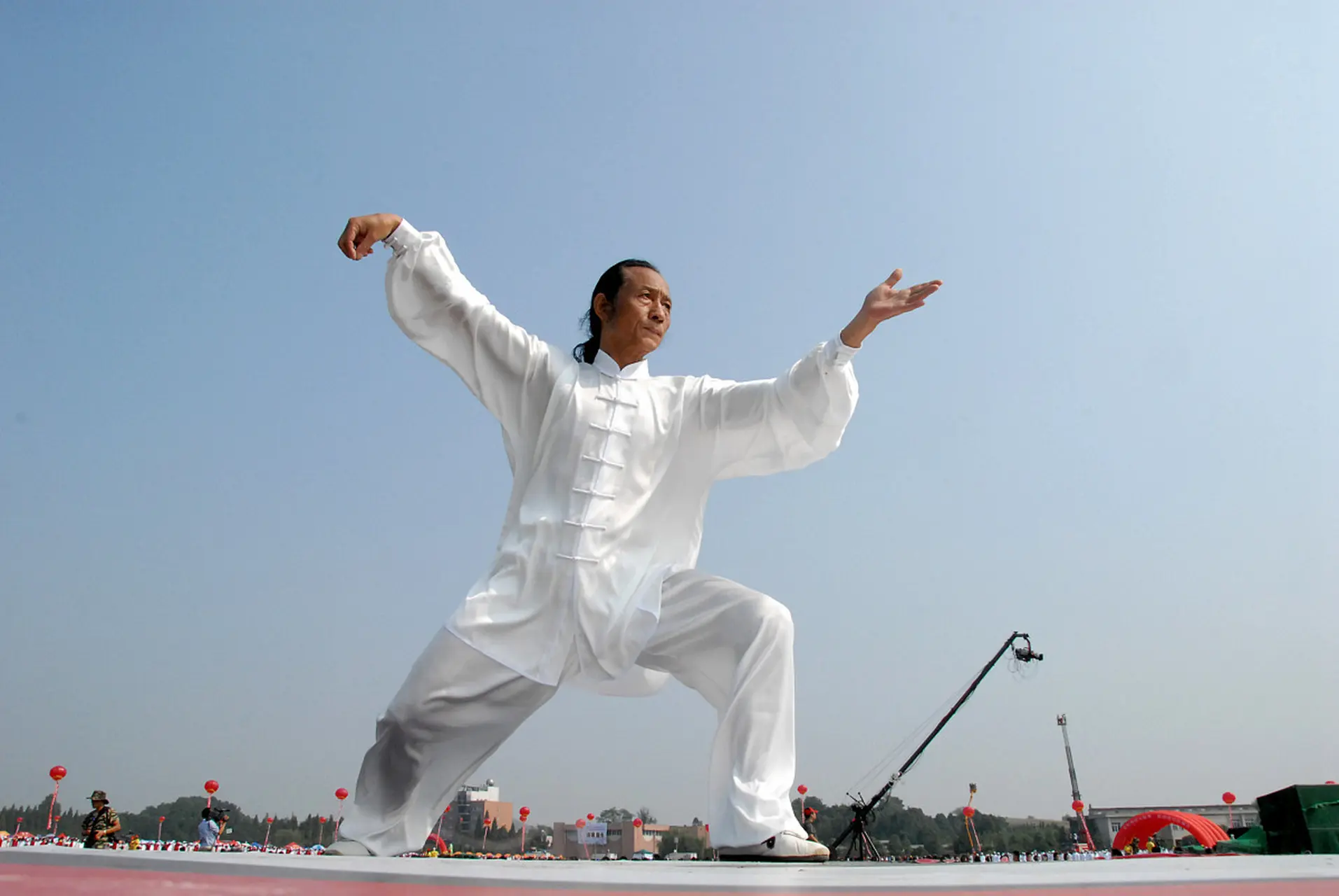
Breathing techniques in tai chi practice
Breathing right is key in tai chi – when I learned to match my breath with moves, everything clicked.
We usually breathe shallow, but tai chi teaches you to breathe deep from your belly. This gets more oxygen in your blood and actually tells your body to chill out.
I remember my instructor emphasizing the phrase breathe into your dan tien—the area just below the navel considered the body’s energy center. When I focused there, my moves got smoother and my mind calmed down. Crazy how just changing how you breathe makes such a big difference.

Tai chi forms and their variations
There’s different types of tai chi, each with their own set of moves.
I began with Yang style – it’s the most common, with slow steady moves. Chen style’s different – has quick moves and power bursts, showing its fighting roots.
Learning each form was like opening book chapters – each one adding to what came before. I really liked the 24-move Yang styleng style – shorter version made for newbies. At first I couldn’t remember the order, but after practice it turned calming. With so many types, you never stop learning – keeps things interesting.
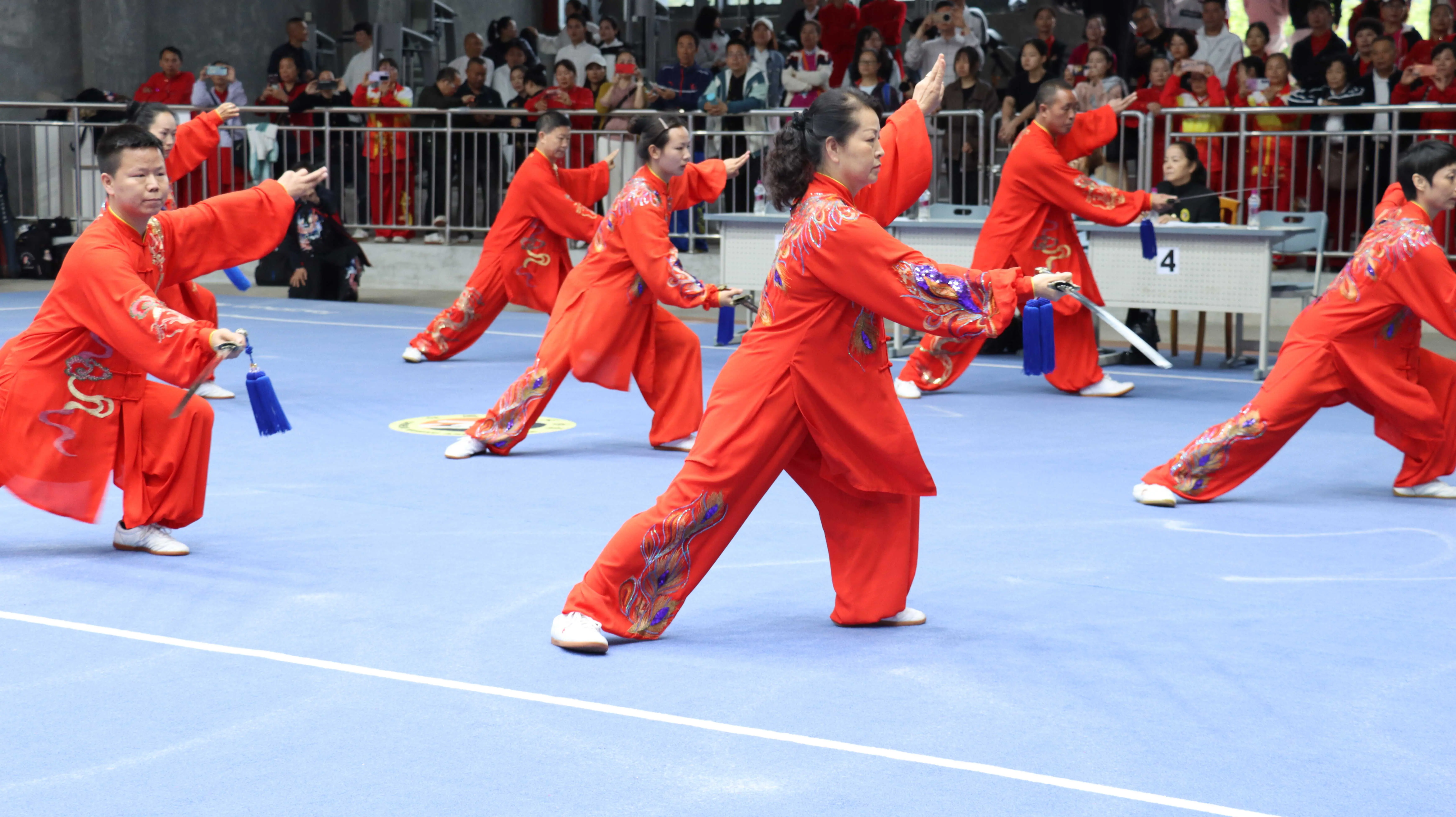
Health benefits of regular tai chi practice
Tai chi’s health perks are proven, and I’ve felt them myself.
After regular practice, I got more flexible and stopped tripping over stuff. Research shows tai chi can lower blood pressure, cut stress, and even help your brain work better.
Biggest change for me? Way less stressed. After rough days, just 20 minutes of tai chi would calm me right down. Like hitting reset on your whole self. Since it’s easy on joints, anyone can do tai chi – that’s why I tell friends to try it when they want easy but good exercise.

Tai chi as a meditation in motion
What makes tai chi special is how it’s like moving meditation.
If sitting still is hard for you, tai chi lets you meditate while moving. Concentrating on the moves automatically calms your thoughts.
When I’m really into tai chi, my busy mind shuts up and I just feel present. That’s why so many of us find tai chi so healing – it’s meditation you do while moving. Great for people who can’t sit still but want to be mindful.
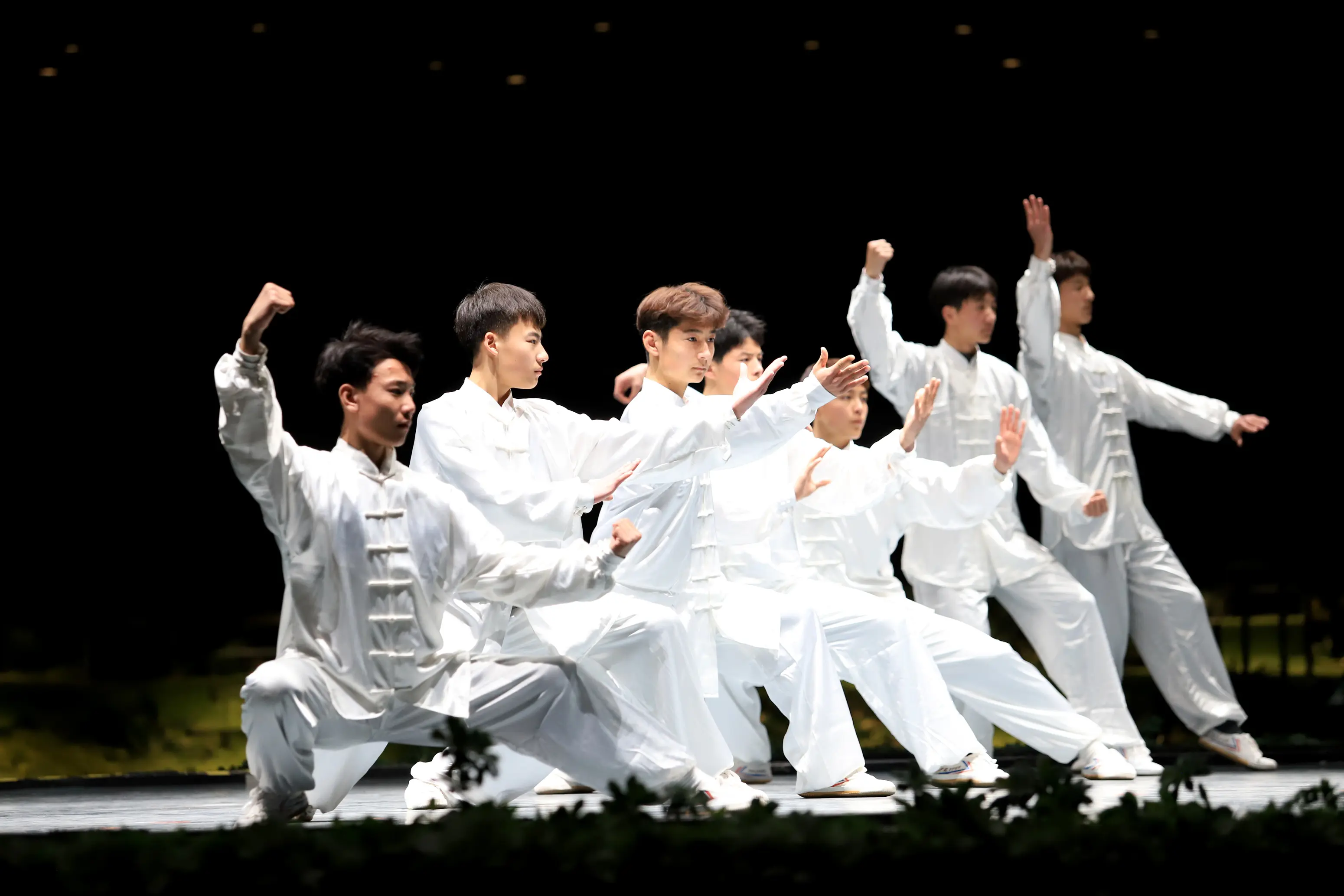
Philosophy behind tai chi principles
Tai chi’s based on Taoist ideas, especially yin and yang – how opposites work together.
You see this in practice – being soft and strong at the same time. A move might look easy, but needs real inner strength.
My instructor often said, Use four ounces to deflect a thousand pounds, illustrating the principle of yielding to overcome force. This idea changed how I handle everyday problems too. Tai chi shows that being flexible works better than just using muscle.
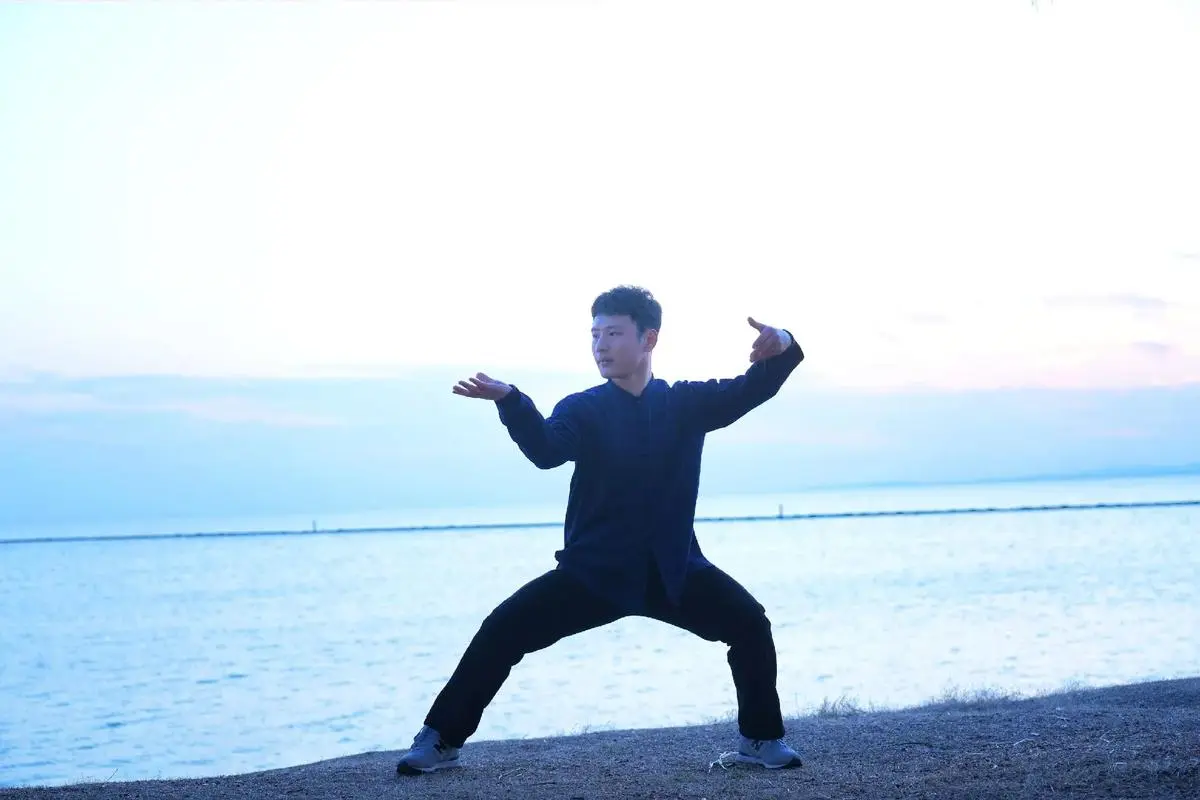
Difference between tai chi and qigong
At first I mixed up tai chi with qigong – both Chinese practices with movement and breathing. They’re similar, but tai chi has set forms while qigong is more separate exercises.
Tai chi’s more connected to fighting too. I do both now – qigong when I need quick energy, tai chi for full workouts. Knowing how they’re different helps me use both in the best ways.
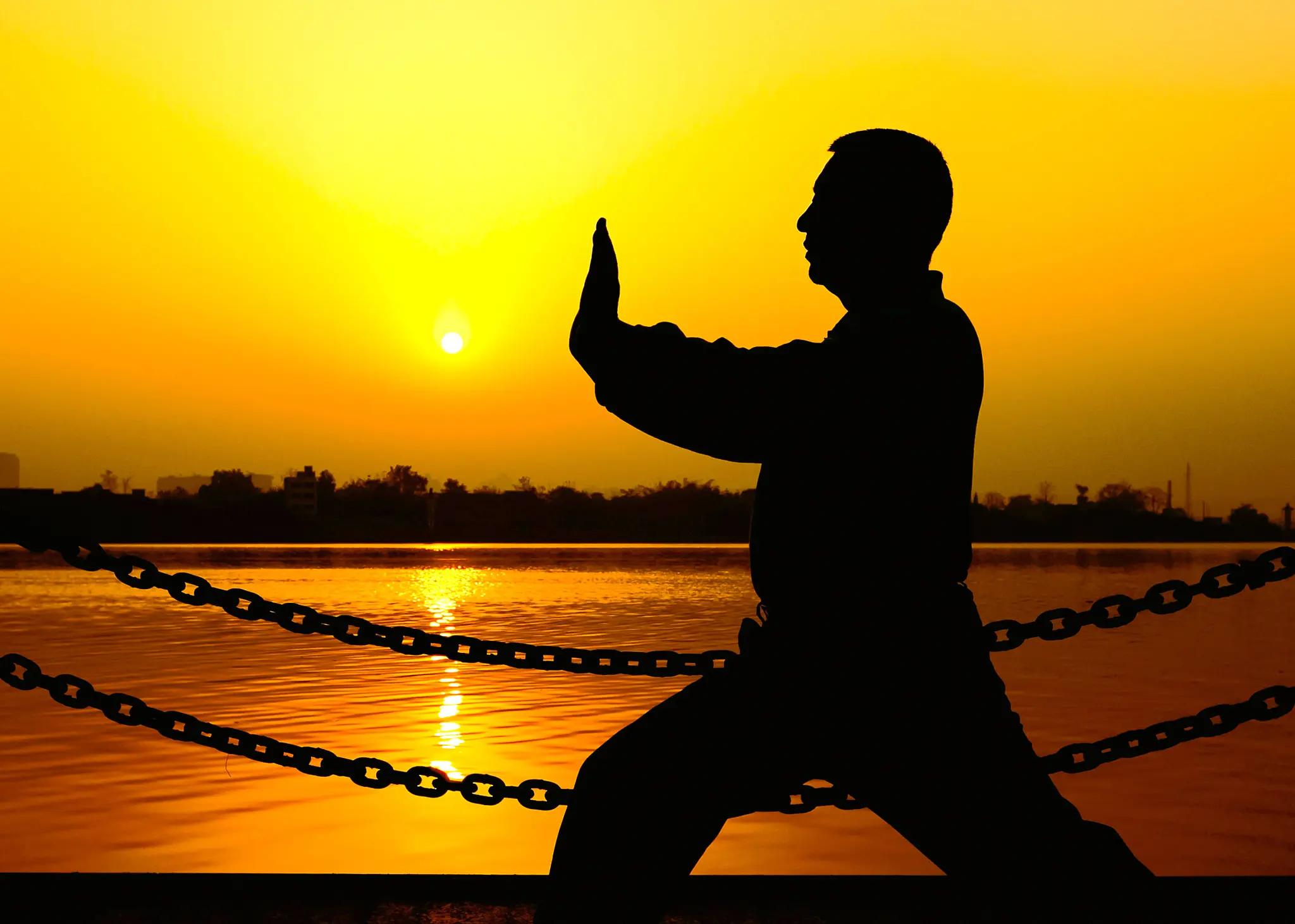
Tai chi for stress relief and relaxation
In our crazy busy world, tai chi’s my stress-buster.
Mixing movement, breathing and focus gets me relaxed like nothing else. There was this crazy week where I did tai chi every morning.
Even with all the chaos, I stayed weirdly calm all day. Science backs this up – tai chi lowers stress hormones. It’s like carrying stress relief in your pocket – no gear required.
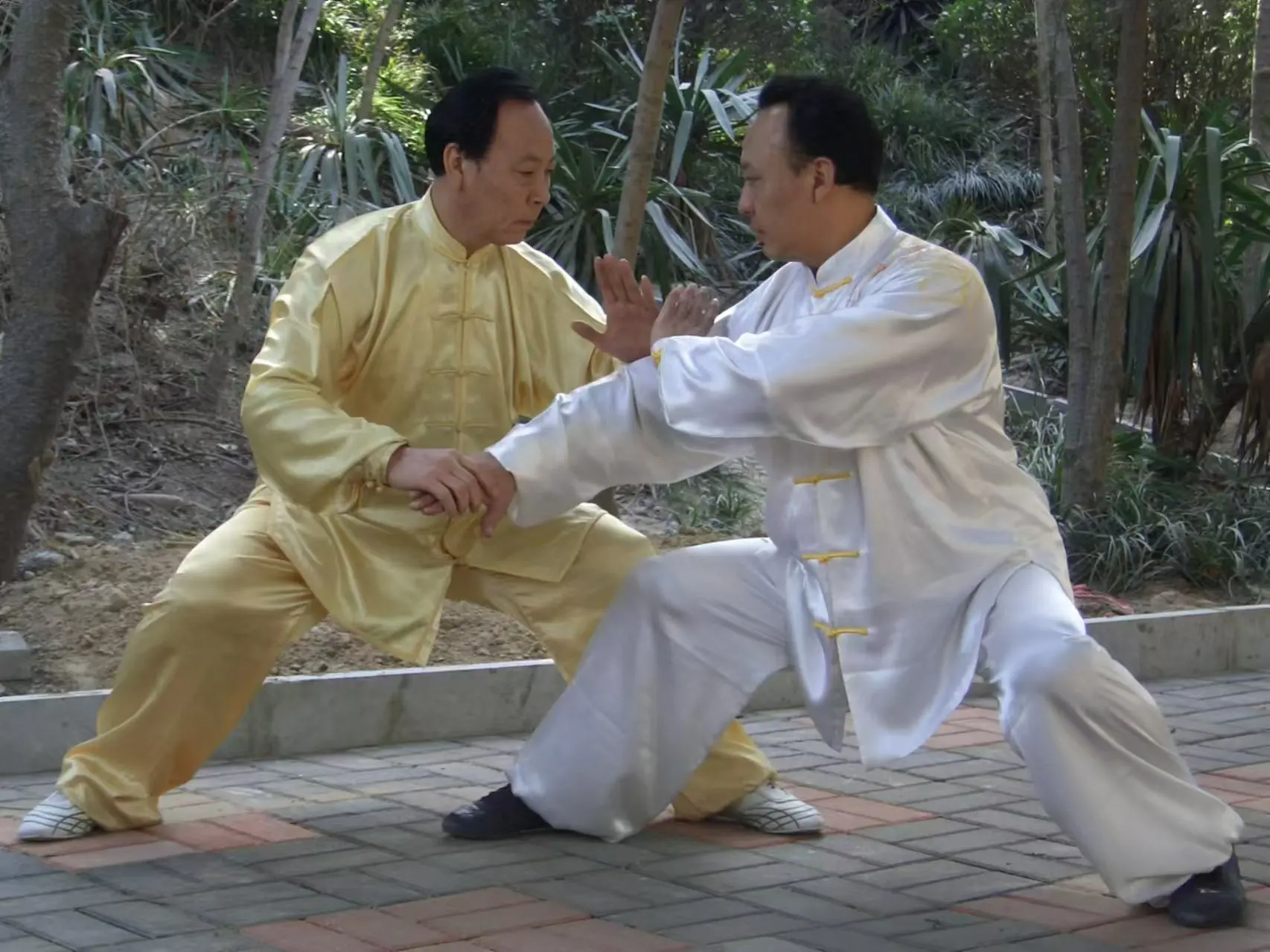
How tai chi improves balance and coordination
I was never graceful, but tai chi fixed my balance and coordination.
Slow moves make tiny muscle adjustments that build stability. Proof? I stopped tripping over my own feet – used to happen all the time.
Studies show tai chi cuts seniors fall risk by 45% – that’s huge. I also got better at knowing where my body is in space – that’s proprioception. Wild how such easy moves can make you so much steadier.
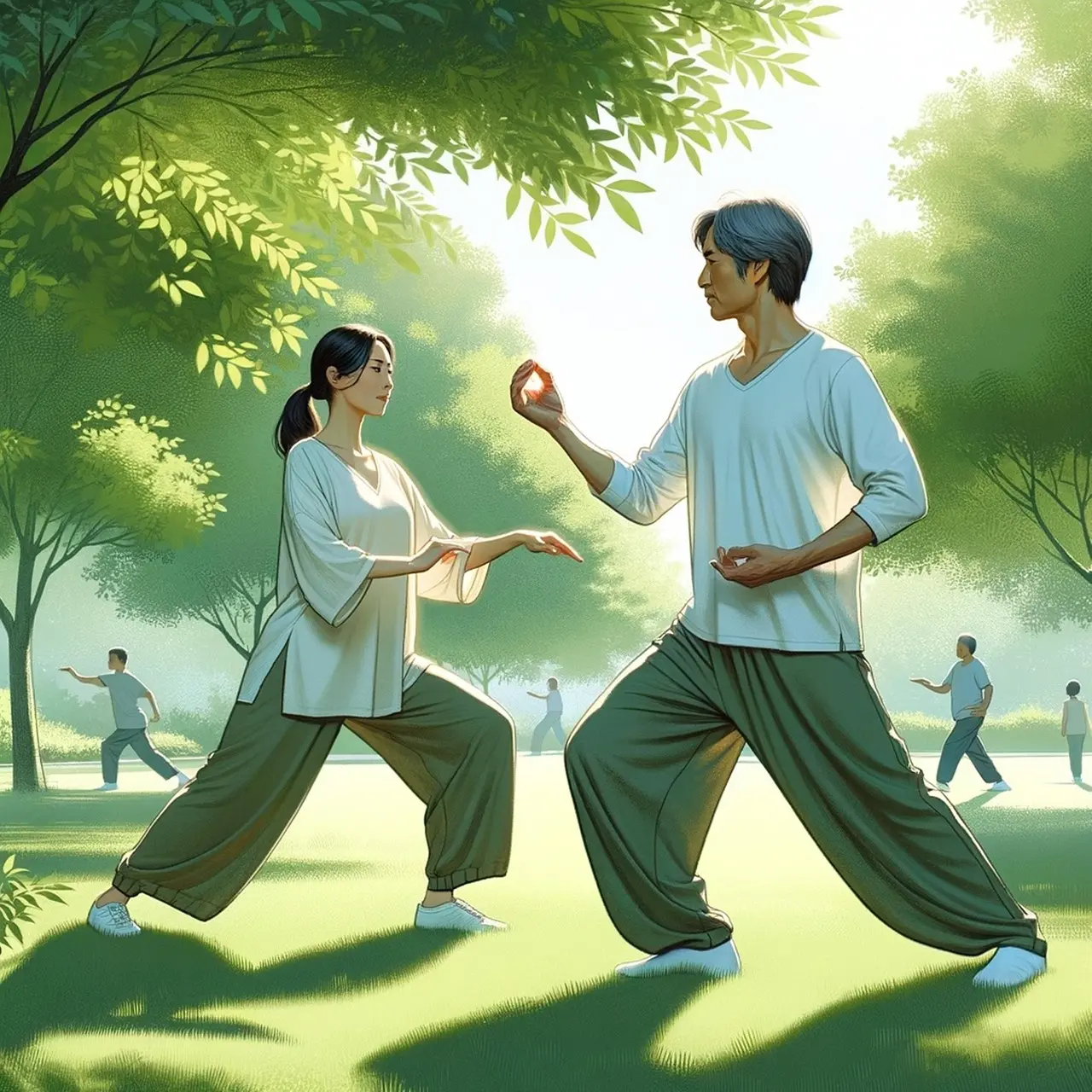
Tai chi clothing and equipment essentials
Starting out, I thought I might need special gear.
But tai chi’s great because you just need comfy clothes you can move in. I like light, airy clothes, especially outside.
Good shoes matter too – flat and bendy helps you stay stable. Some people use swords or fans for fancy moves, but that’s extra. Not needing much gear fits with tai chi’s natural vibe – good for you and the planet.
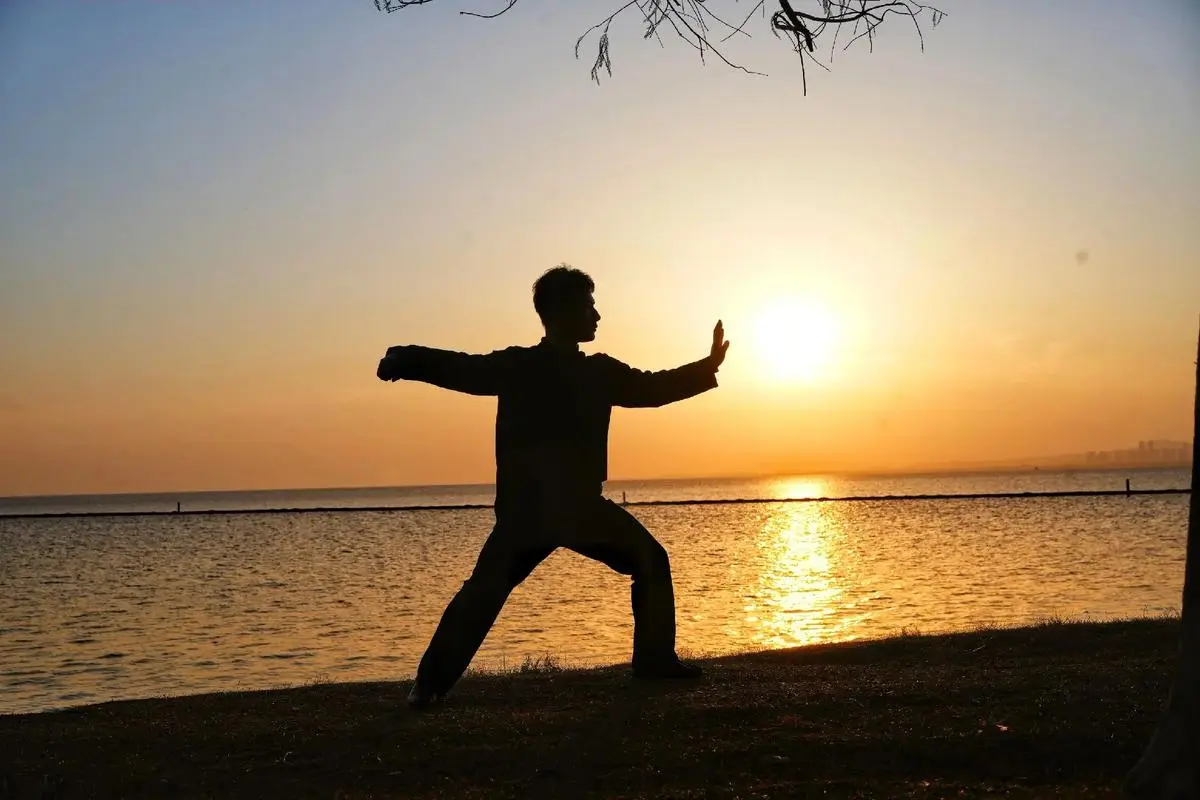
Learning tai chi through online classes
When I couldn’t go to class, online lessons worked way better than I expected. Lots of sites have great teachers and multiple views so you see every move.
Filming myself and comparing to the teacher really sped up my progress. Live teachers are best for fixing your form, but online classes let anyone learn anywhere. Shows how old traditions can work with new tech without losing what makes them special.

Tai chi community and group practice benefits
Doing tai chi with others has been the best part for me.
Moving together creates this cool energy and connection that’s tough to explain. I’ve met friends in class – we help each other out.
Having people counting on you makes you practice more regularly. Lots of groups do tai chi in parks – get fresh air and friends at once. Great way to get healthy and make friends.

Incorporating tai chi into daily routine
Best move I made was making tai chi part of every day.
Even just 10-15 minutes in the morning sets a positive tone for the day. I often practice during short breaks at work—a few minutes of tai chi movements at my desk helps me refocus.
The key is consistency rather than duration; regular short sessions are more beneficial than occasional long ones. Tai chi’s adaptability makes it easy to weave into daily life, whether you’re at home, in the office, or traveling. It’s become my personal wellness ritual, as essential as brushing my teeth.
In conclusion, tai chi is much more than its definition as a martial art or exercise—it’s a comprehensive practice that nurtures physical health, mental clarity, and emotional balance.
Whether you’re looking to improve flexibility, reduce stress, or simply find a moment of peace in a busy day, tai chi offers something valuable. I encourage you to give it a try, even if it’s just a few minutes each day.
Start with basic movements, focus on your breath, and be patient with yourself. Like any worthwhile journey, the benefits of tai chi unfold over time. Who knows? It might just transform your life as it has mine.
